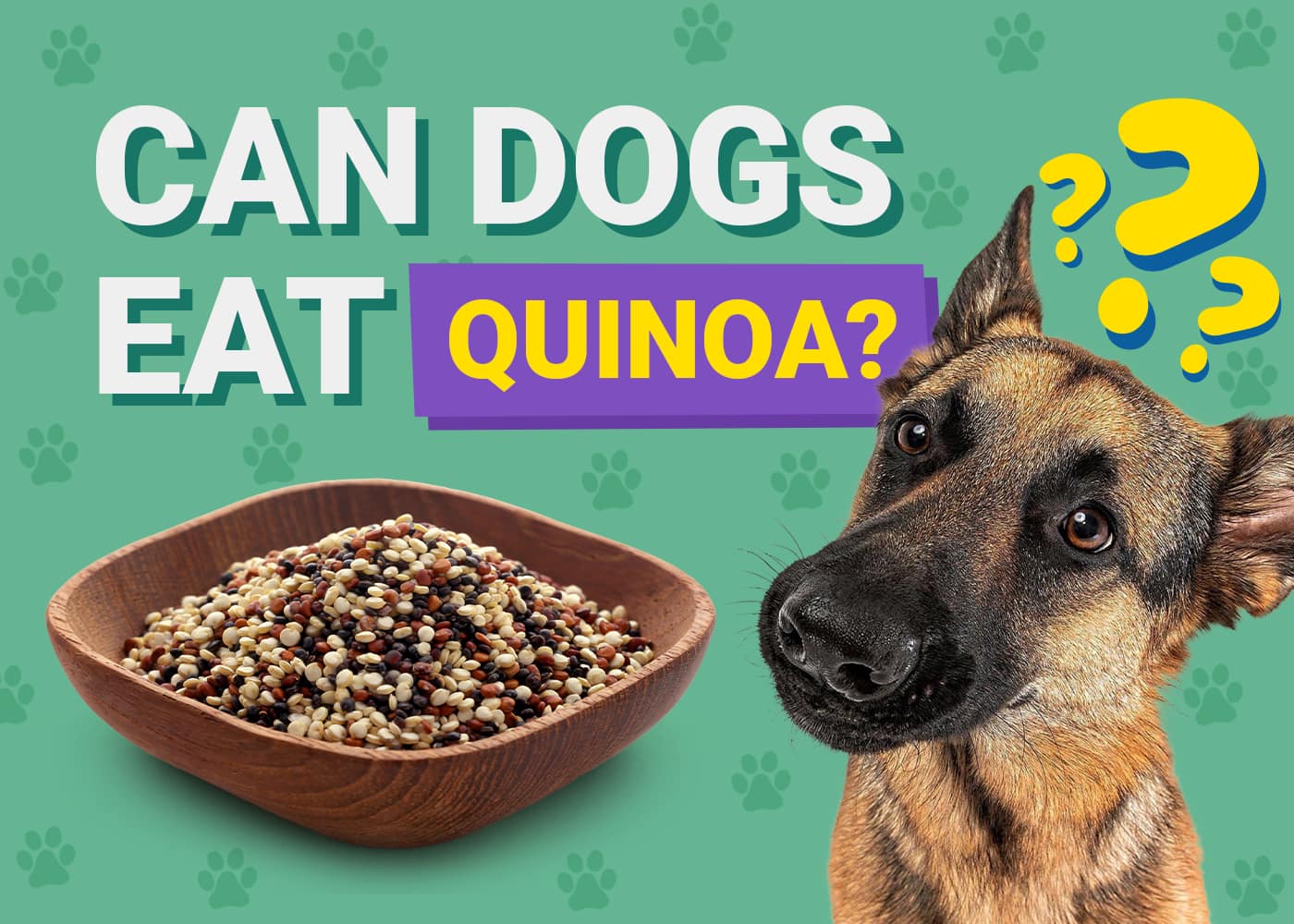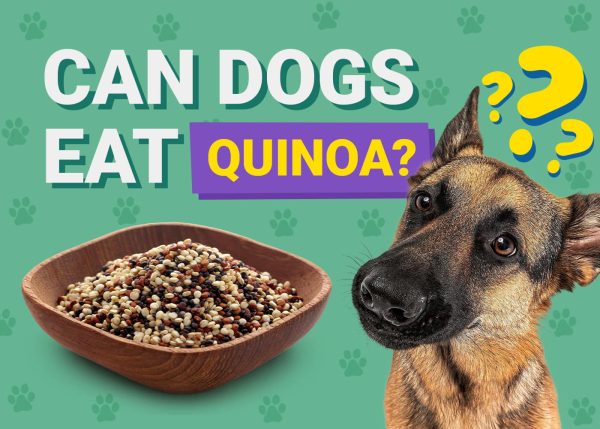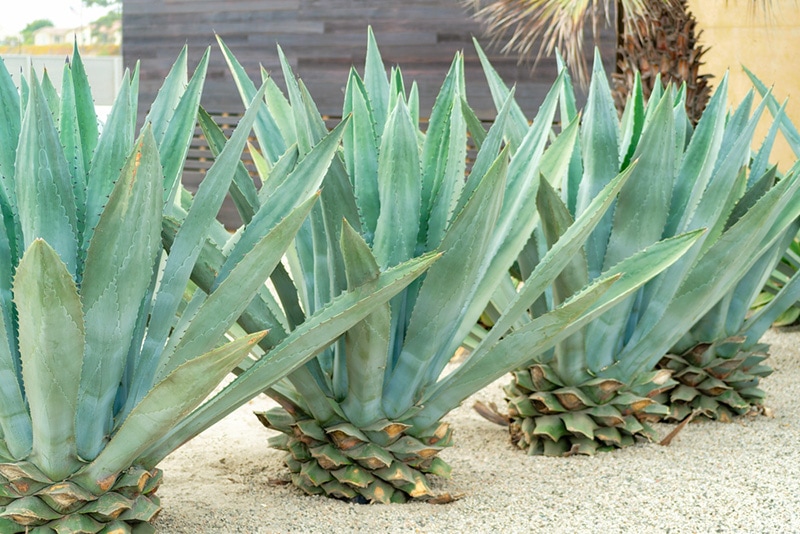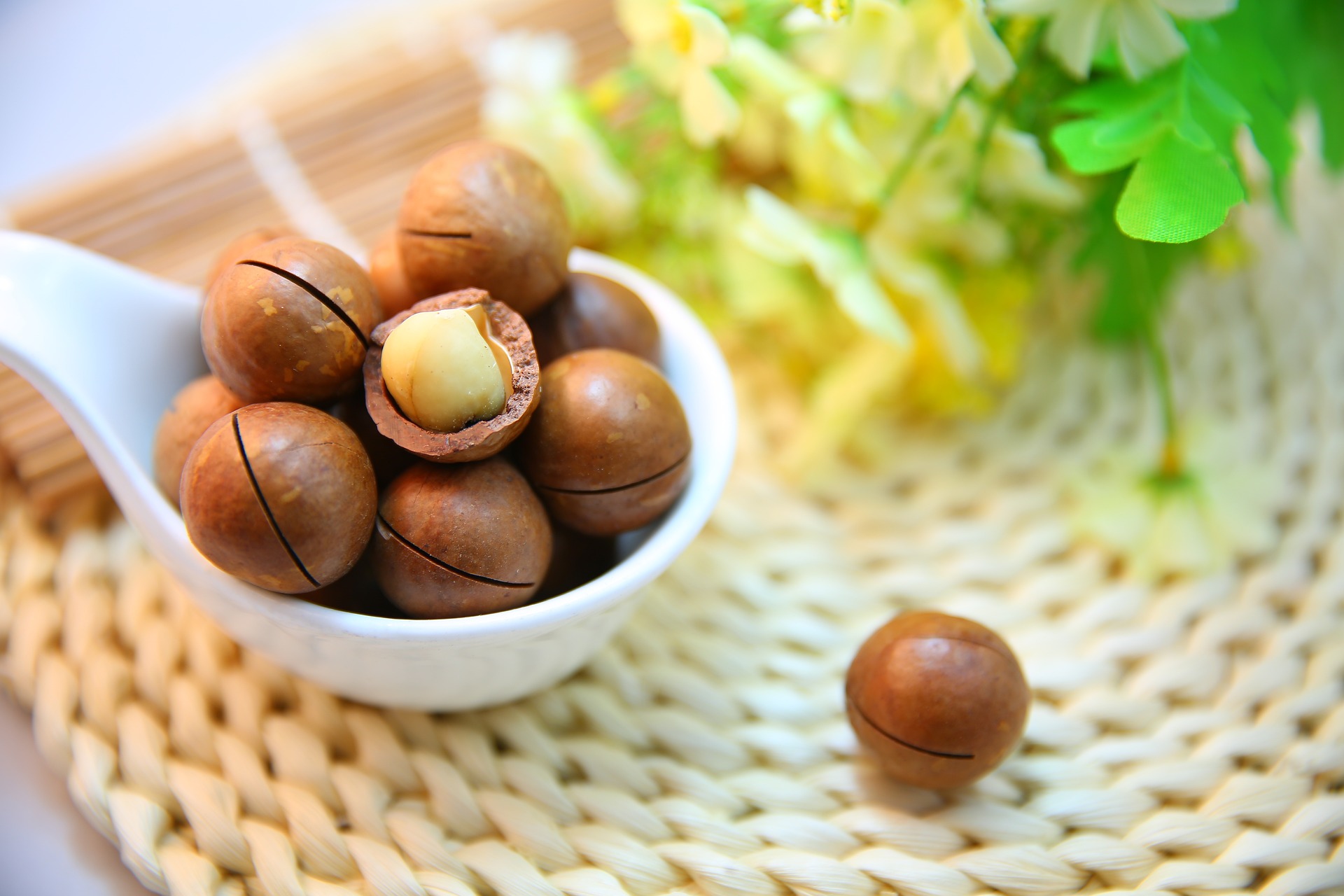Click to Skip Ahead
Quinoa is a gluten-free seed that has been a staple in many human diets for centuries, but has been elevated to prominence in recent years as a natural alternative to grains for health-conscious humans. It is also considered a healthy grain, as it is packed with complex carbohydrates and provides some fiber and protein.
But can dogs eat quinoa? Is quinoa safe for dogs? Yes! Generally, the benefits derived from quinoa by humans can also be beneficial to your pooch, and in small amounts, quinoa is a great addition to your dog’s diet. We took a deep dive into the potential benefits of quinoa for your dog, as well as a few things that you may want to consider before feeding it to your pooch. Read on to find out more!
What Is Quinoa?
This healthy seed has many health-conscious advocates talking these days. Quinoa is a gluten-free seed from the Chenopodium quinoa plant that is defined as an ancient or whole grain.
It is a flowering plant that is in the Amaranth family. It originated in the Andean region of South America and has been used for almost 400 years. It is also packed with 14% protein, containing 11 amino acids, and is 13% water, 64% carbohydrates, and 6% fat.

Potential Benefits of Feeding Quinoa to Dogs
Quinoa has a host of benefits for your dog and is packed with a seemingly endless number of vitamins, minerals, and various other beneficial nutrients. First, the seed is free from gluten, which means your dog is less likely to suffer from gastric or digestive issues when eating it as an alternative to other grains.
Quinoa is also a great source of insoluble fiber, further improving digestion, and contains no trans fats. It has complex carbohydrates, essential amino acids, and fat, and contains many beneficial vitamins and minerals, including:
- Choline
- Iron
- Calcium
- Vitamin E
- Phosphorus
- Zinc
- Copper
- Manganese
- B vitamins
Quinoa also has high levels of antioxidants that help fight free radicals and can reduce the chance of cancer development and other diseases, and it helps reduce inflammation and heart disease. The nutrients in quinoa are a great source of energy overall.
Potential Health Concerns of Giving Quinoa to Your Dogs
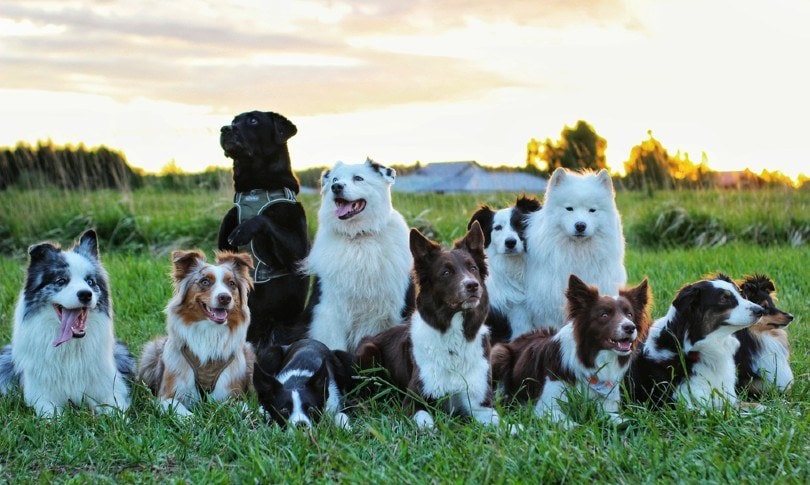
Like most seeds, quinoa develops a chemical that it uses to protect itself against pests, birds, and insects. This chemical is called saponin, and there is some evidence that it can cause intestinal irritation in both humans and dogs. The amount of saponin in quinoa is very small, however, and certainly not enough to cause any health issues in your pooch.
That said, some dogs may have very sensitive digestive systems, and this may cause more irritation than normal. Thoroughly washing quinoa will help remove most of this chemical and reduce the chance of digestive upset. Cooking the seeds thoroughly will help too.
Try feeding a very small amount of quinoa to your dog first and keep a watchful eye on them. If you notice any adverse effects, like vomiting, drooling, nausea, excessive gas, diarrhea, or constipation, your pooch may be overly sensitive to the quinoa and should not be eating it.
Also, quinoa should be served plain only and mixed into your dog’s normal food. Make sure there is no added salt, spices, onions, or garlic, all of which can be potentially harmful to your pooch.
Preparing Quinoa for Your Dog
If you’ve decided to add quinoa into your dog’s diet, special preparation is key. Firstly, make sure the quinoa is thoroughly washed and rinsed to remove any trace amounts of saponin. You’ll then need to boil it in water — around one part quinoa to two parts water is generally great. After which, you can add flavor, like a homemade broth from vegetables or bones.
Try giving your dog a teaspoon or so mixed into their normal food at first, and you can then increase it if there are no adverse reactions. Starting with up to 1 tablespoon added to your dog’s food is great, but you can increase this amount for larger breeds.
We highly recommend consulting your vet first, in any case, as they’ll be able to give you a recommendation of the right quantity of quinoa for your pooch.

Final Thoughts
Quinoa has a host of potential health benefits for your dog, with a small risk-to-reward ratio. Packed with essential amino acids, complex carbohydrates, vitamins, and minerals, quinoa is a great addition to your dog’s diet. Just be sure to start with small amounts and watch for any adverse effects, like drooling, vomiting, or gastrointestinal upset, and stop immediately if these are present.
See also:

